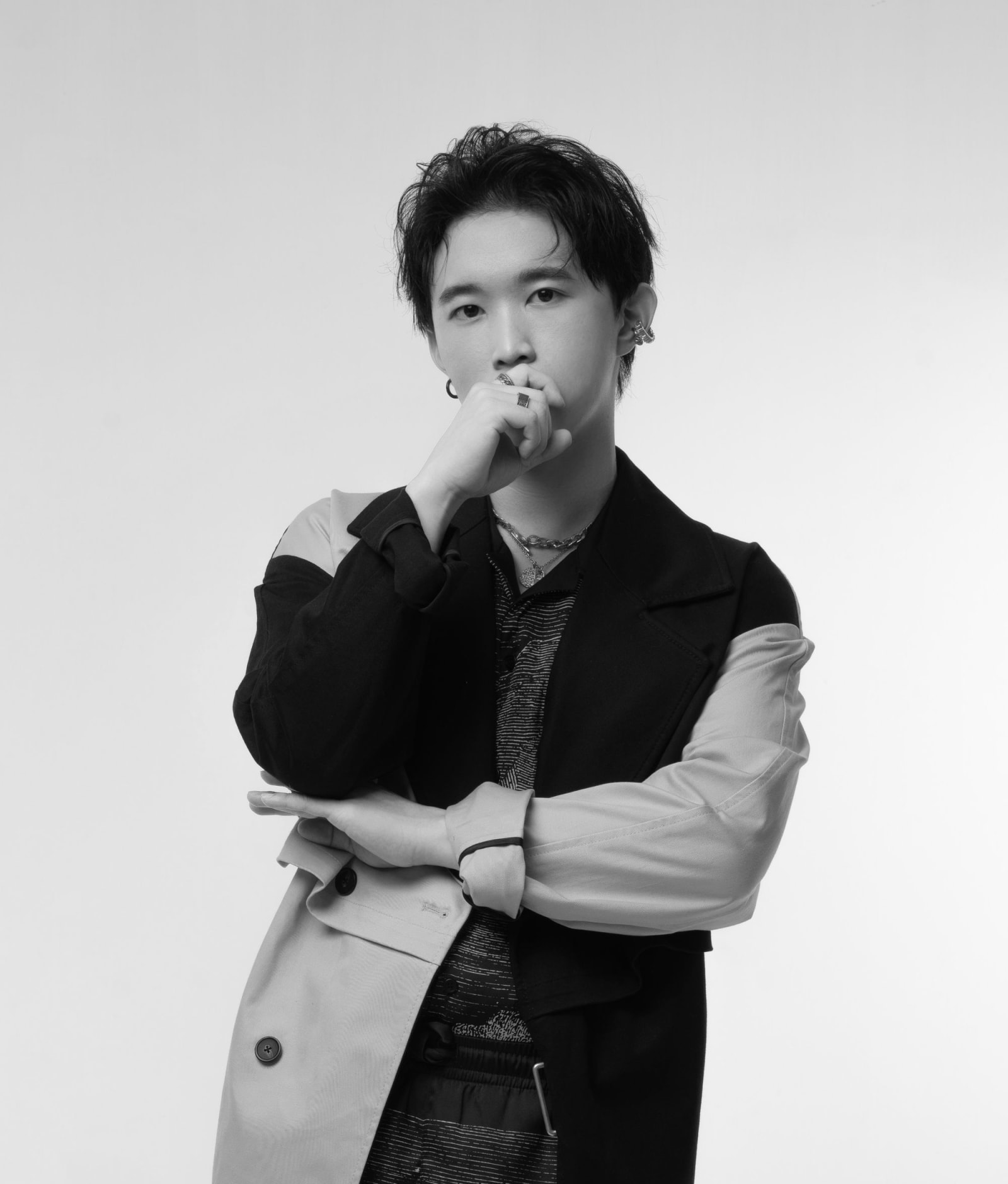artwork infos
landscape
generative art
03:08
2021
Che-Yu Wu
Soul Fish - Vertical
Che-Yu Wu
Sweet Dream - Vertical
Che-Yu Wu
Soul Sea
Che-Yu Wu
Soul Sea - Vertical
Che-Yu Wu
Chaos Dancer - Vertical
Che-Yu Wu
Nightmare - Vertical
Che-Yu Wu
Nightmare
Che-Yu Wu
Electriz
Che-Yu Wu
Sweet Dream
Che-Yu Wu
Electriz - Vertical
Che-Yu Wu
Soul Fish
Che-Yu Wu
Chaos Dancer
Che-Yu Wu is a Taiwanese generative artist and computer scientist based in New York, specializing in immersive audiovisual experiences. Holding a Master’s degree in Integrated Digital Media from New York University, he has developed an interdisciplinary approach that blends creative coding, physics, mathematics, music, and art. His works make use of particles, shaders, and mathematical formulas to transform organic forms into vibrant digital compositions. His artistic inquiries revolve around the boundary between the natural and the artificial, human perception and generated worlds, with a particular focus on the notion of digital consciousness. Through his research, he seeks to imbue generative art with a soul, questioning the essence of life within virtual environments.
Che-Yu’s work has been exhibited internationally in cities such as Taipei, Milan, Venice, Madrid, and London, and featured on platforms like Art Blocks (Electriz) and FxHash (SoulFish, SoulSea). He is the co-founder of FABDAO and the charitable initiative Project %, the largest socially driven NFT project in Taiwan. He has also collaborated with brands such as White Castle (Sliderverse) and McDonald's, and has contributed to Web3 projects like Sea Hams and CryptoPochi. In parallel with his artistic practice, Che-Yu teaches digital arts to a wide audience through online courses, playing a key role in expanding access to creative coding and professionalizing the field of generative art.

Electriz
"Electriz" is a series of works that use digital cloud chambers to observe the traces of unidentified particles. When doing art creation, just like scientists discovering new particles, artists continue to draw interesting ideas from reality and fantasy to collide with each other, trying to find a unique existence at the moment of collision in the process of mixing ideas. The space in the work "Electriz" is divided into parts with different physical characteristics, which affect the movement, rotation, splitting, and annihilation of particles. It is an unpredictable experimental system with unlimited possibilities to explore the intersection of physics, mathematics, and art.
generative art
landscape
03:08
2021